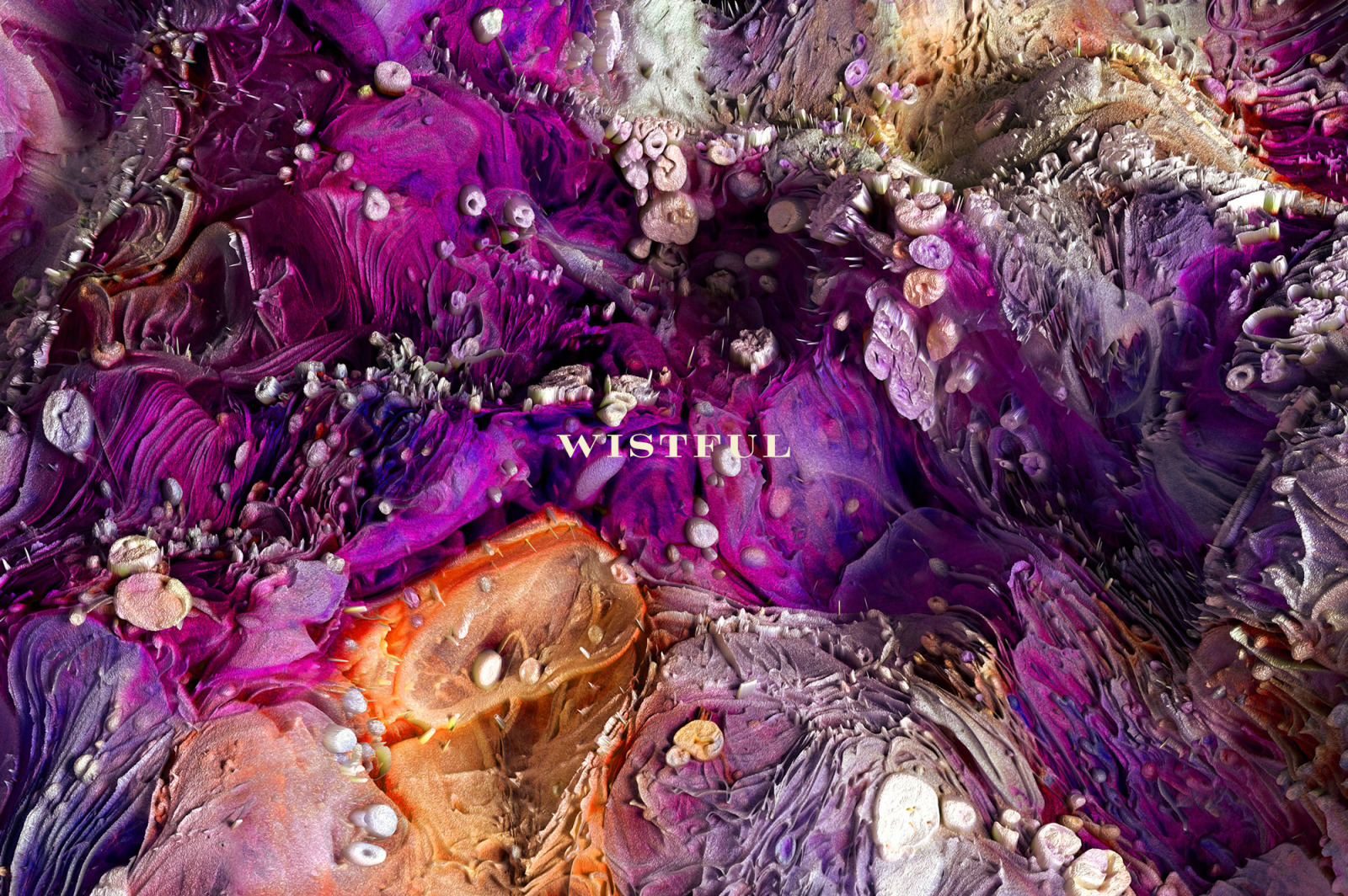

There is a W coordinate perpendicular to the texture plane (but not important unless rotating). U and V denote the axes of the 2D image texture (X, Y, Z being the 3D space axes). It is a way of making a cut out and flattened representation of your 3D model much like a sewing pattern in reverse. UV mapping is a process of projecting a 2D image to a 3D model’s surface. Having fewer polygons and good edge flow to work with speeds up the UV mapping process. Retopologized meshes are useful for a 3D artist to work with in the texturing stage. I may blog about some things I’ve learned about this as part of my 3D squirrel series of articles in the future. I found a useful blog on this subject if you are interested in learning more about making manifold meshes. It is also essential to fix errors in the mesh for 3D printing, but that will not be discussed in this article.

Meshes must be checked for errors and made manifold before the UV mapping process. More detail is added around joints and moving parts to prevent distortion for example. Usually manual retopology is used on meshes intended for animation as the topology must be tailored for the rigging process to be effective on joints and moving parts. Some methods of automatic retopology include tools such as Instant Meshes and Quadriflow which is now integrated into Blender. Knowledge of 3D modelling is very useful in this process for manual techniques but it is also useful to know how to fix errors and improve topology on automaticity produced meshes. Sometimes a combination of both techniques is useful. This can be done using manual techniques or automatic retopology techniques. It is also useful for meshes that are to be rigged and animated. This process is usually required if your 3D model is to be used in a game engine as fewer amounts of polygons in a mesh lower rendering times in game engines. Retopology is the process of building a new lower resolution mesh from the higher resolution mesh as a reference. I hope to write about things in more depth in future articles as I plan to do more and learn more about texture painting myself.īefore a model can be textured it must first be retopologized and UV mapped. I hope this article will be useful, I would have liked an overview of the processes involved myself when I was learning about these things.

I’ll keep it at an introductory level and I’m not going into too much detail at this stage. I wanted to write something that might help explain things I mention in future articles. This article describes more technical things than usual about the 3D workflow for texturing models.


 0 kommentar(er)
0 kommentar(er)
